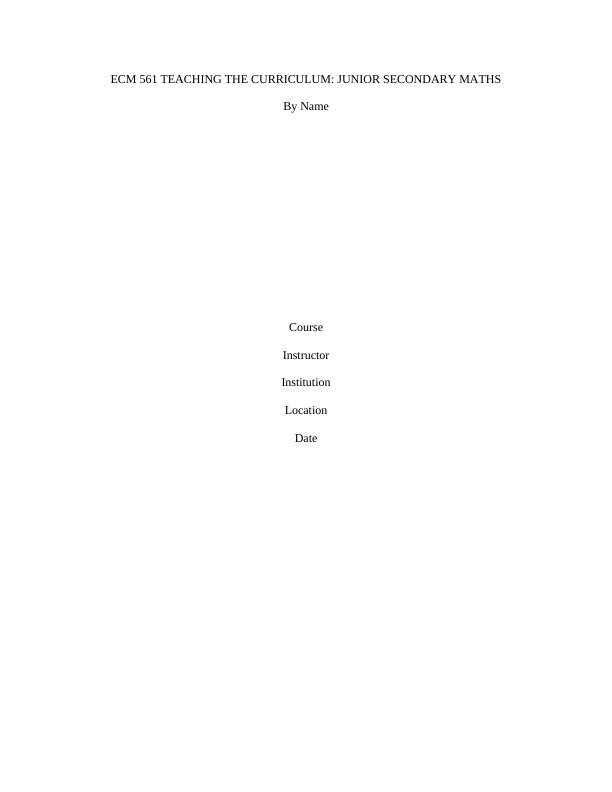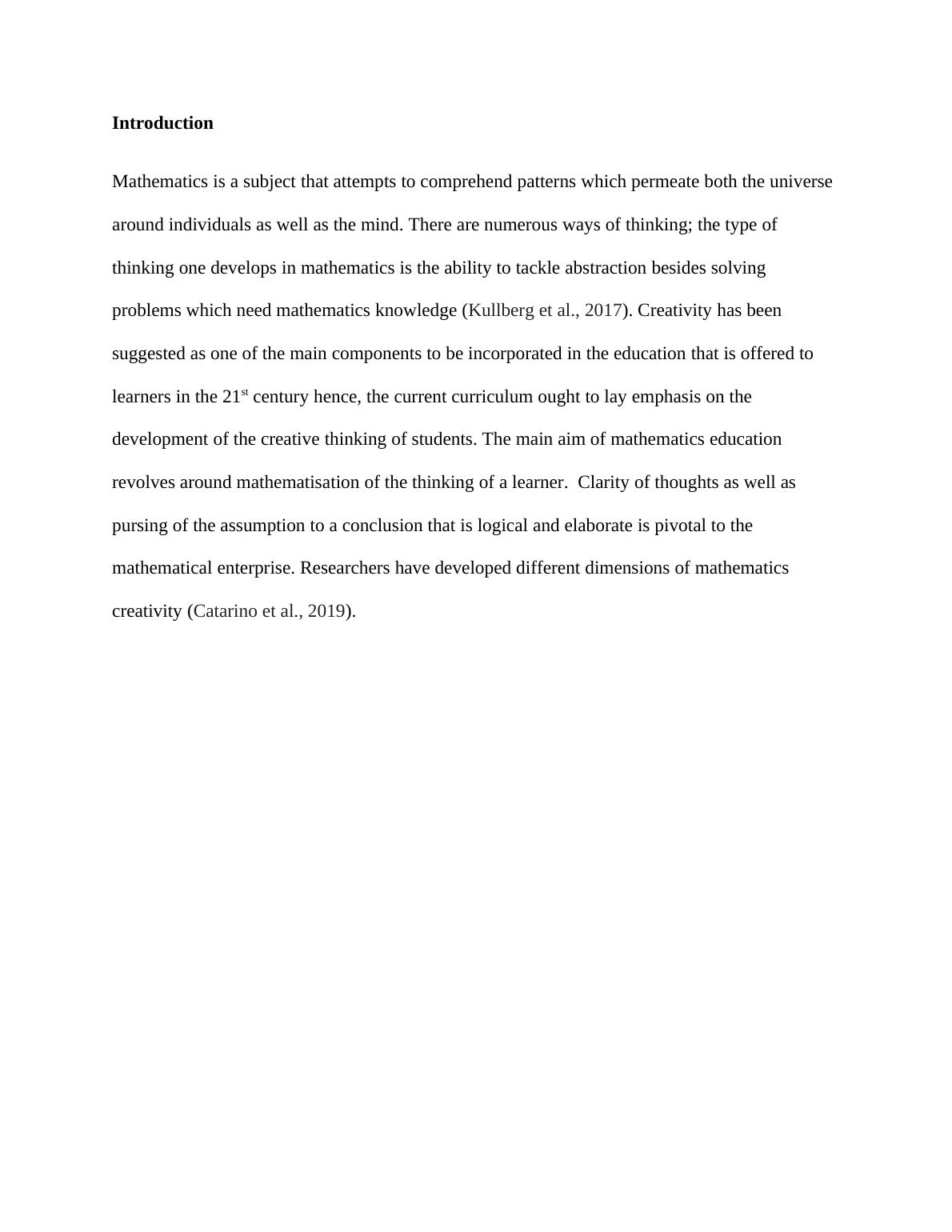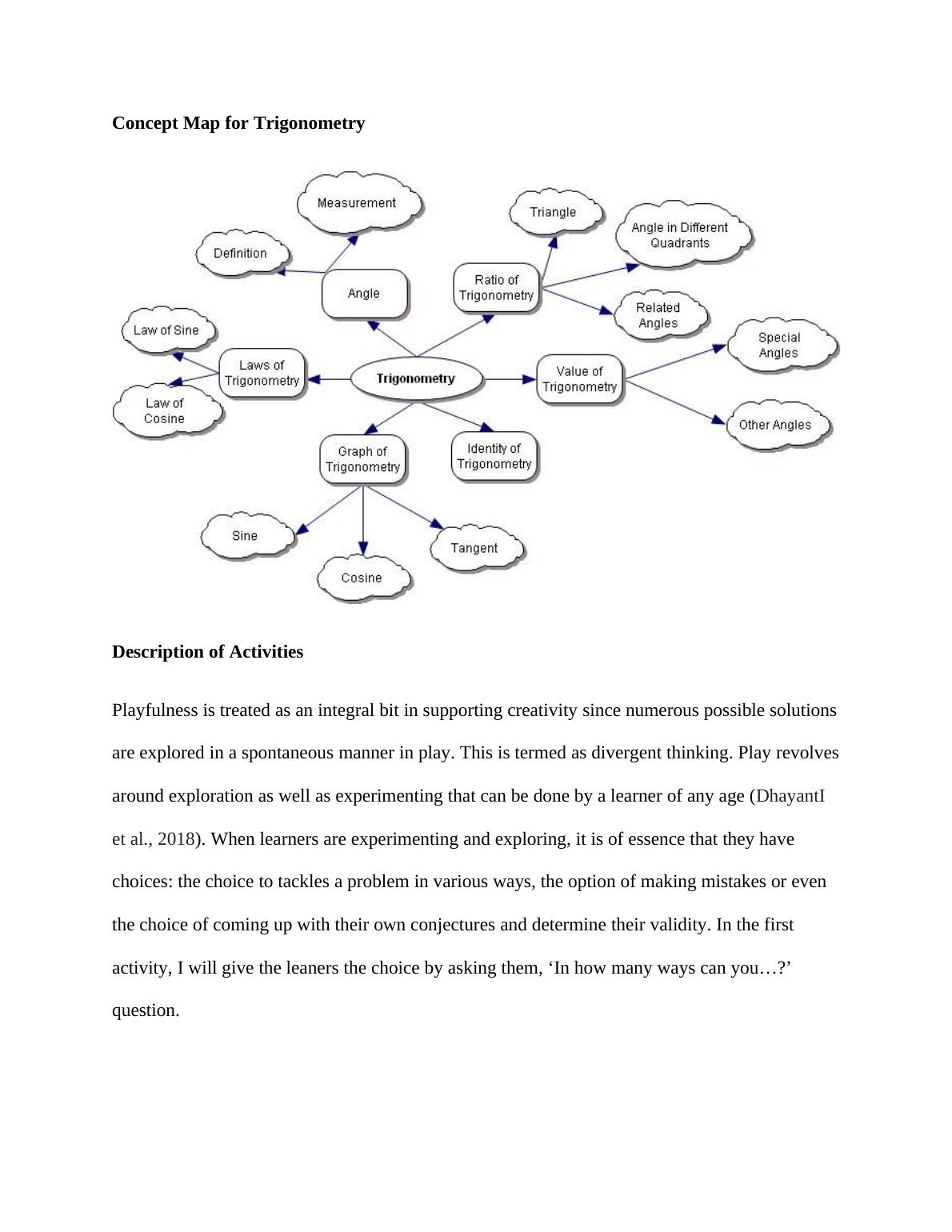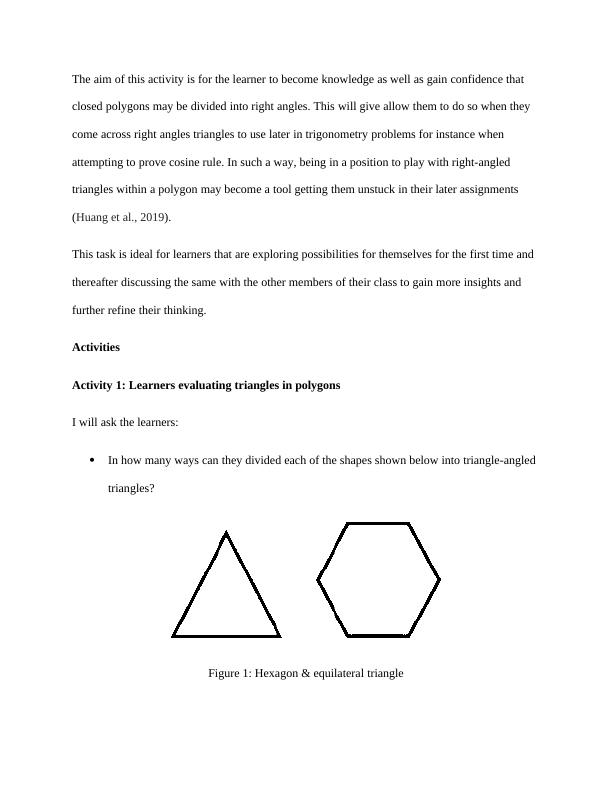International Journal of Trends in Mathematics Education
This is a beginning lesson on calculating simple interest for year 10
19 Pages3620 Words31 Views
Added on 2022-09-17
International Journal of Trends in Mathematics Education
This is a beginning lesson on calculating simple interest for year 10
Added on 2022-09-17
ShareRelated Documents
End of preview
Want to access all the pages? Upload your documents or become a member.
Teaching Methods in Space and Geometry by use of ICT
|17
|2340
|122
Design Thinking Experience
|10
|2288
|126




